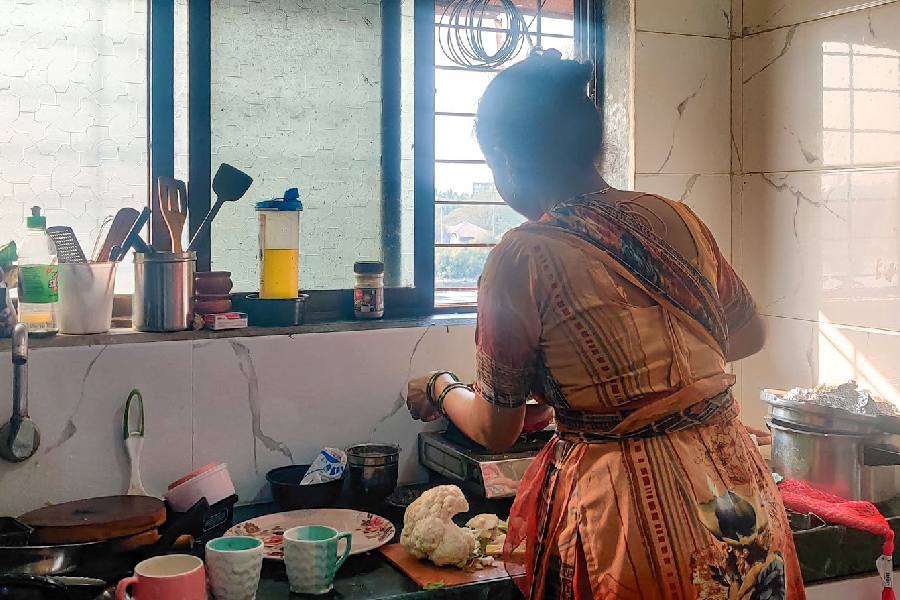Domestic work, which remains unregulated and offers little social security, has emerged as the second largest employment sector after agriculture in the informal workforce, official data collected by the Union government through the E-Shram portal suggests.
Data on the E-Shram portal of the Union ministry of labour and employment shows that 29.43 crore unorganised sector workers have registered under the government’s portal so far. Of them, 15.39 crore workers have declared that they are engaged in agriculture followed by domestic and household workers (28.42 million), construction (26.54 million) and apparel (18.63 million).
Labour economists said the phenomenon of domestic work emerging as one of the top employers among unorganised sector workers underlined the need for a law to protect their rights.
The government started registering the unorganised sector workers in August 2021. The portal asks the workers to give various details, including which occupation they are engaged in and the range of their monthly income.
Domestic work refers to housework such as sweeping, cleaning utensils, washing clothes, cooking and caring for children. A report of the National Sample Survey Office (NSSO) found that there were 4.75 million domestic workers in India in 2004-05.
According to the website of the International Labour Organisation (ILO), many of these workers do not even receive the minimum wage, work extremely long hours and often do not get a day’s rest. They are often exploited at the hands of the placement agencies that lure workers from the rural areas to the cities. In India, a significant number of these women domestic workers migrate from states like Jharkhand, Bihar, Bengal and Odisha, the ILO website says.
Labour economist K.R. Shyam Sundar, an adjunct professor at MDI Gurugram, said the number of domestic workers had significantly increased in recent years due to rapid urbanisation and globalisation.
“Nuclear families have become a trend with both parents engaged in some jobs. The domestic workers manage the household chores of these families,” Sundar said.
He said there had been demands for passing legislation to ensure job protection and application of standard labour norms and minimum wage, but the government had not heeded to it.
“There is a need to pass a law to protect these workers’ rights. A law is the minimum requirement to check exploitation of domestic workers,” Sundar said.
Professor Santosh Mehrotra, a visiting faculty at the University of Bath, said domestic workers were aware of government initiatives unlike construction or agricultural workers.
“It is possible that the domestic workers, because of their network, get to know about the government’s registration programme and take greater interest in it. But such a high number of domestic workers is also an indication of education not reaching such a huge population, forcing them to take up such unskilled work without any job or social security,” he said.
A.R. Sindhu, secretary of CPM labour arm Citu, said more people joining domestic work means stress in the labour market.
“When there is no remunerative job available, people take up domestic work. Women workers are particularly joining domestic work out of desperation,” she said.










